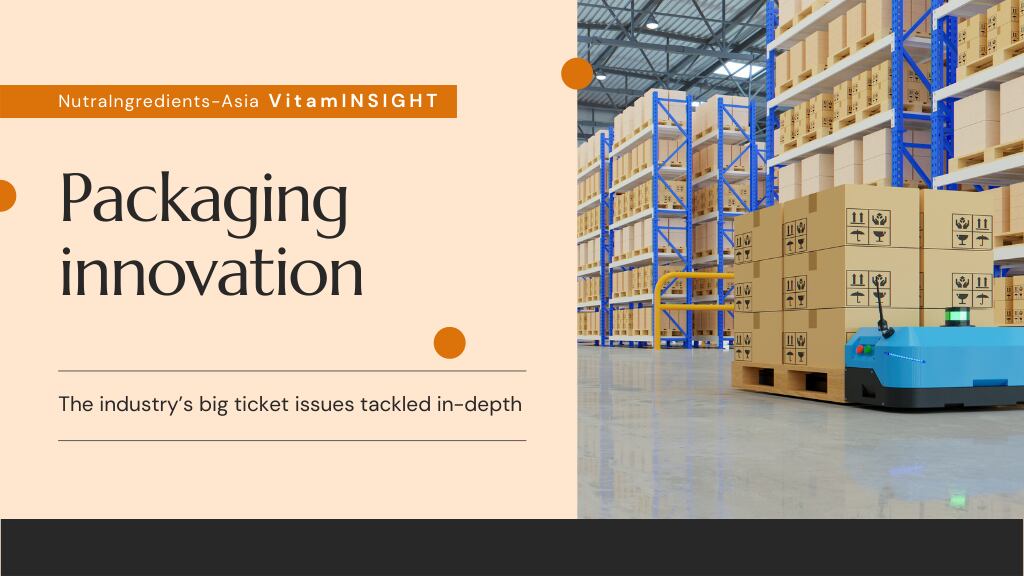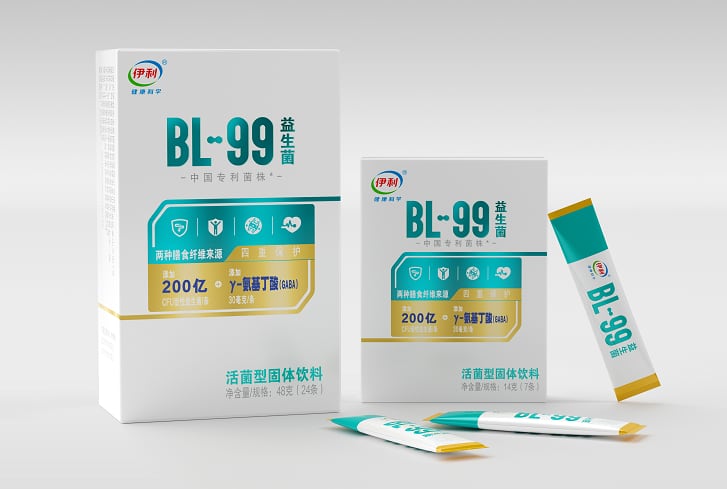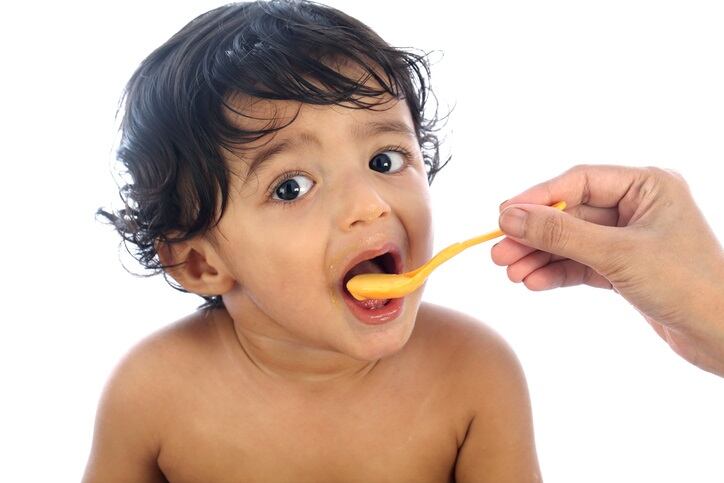Brands such as China’s Wonderlab, Unilever’s OLLY and P&G’s newly acquired VÖOST Vitamins, have managed to go viral with eye-catching and out-of-the-box packaging designs.
On a more practical aspect, a good packaging also serves to protect and preserve the stability of the product contents within the stated shelf-life, offers ease of convenience, and is environmentally friendly.
In this edition of VitamINSIGHTS, we will shine the spotlight on brands that are breaking the barriers and stereotypes of how dietary supplements should be packed and presented.
Part I: For design and attractiveness
China’s Wonderlab is one of the functional food brands that has gone viral due to its product design.
With the tagline “beauty is art and science”, its products include probiotics solid beverage, meal replacement powder, gummies. It recently also launched probiotics powder for kids.
One of its most iconic products is its probiotics solid beverage known as “Small Blue Bottle” (小蓝瓶) containing six probiotic strains, including B420, HN019, NCFM, Lpc-37, Bl-04, and LP-115.
Each bottle, made of polypropylene (PP), weighs only 2g and claims to provide 40bn CFU count of probiotics.
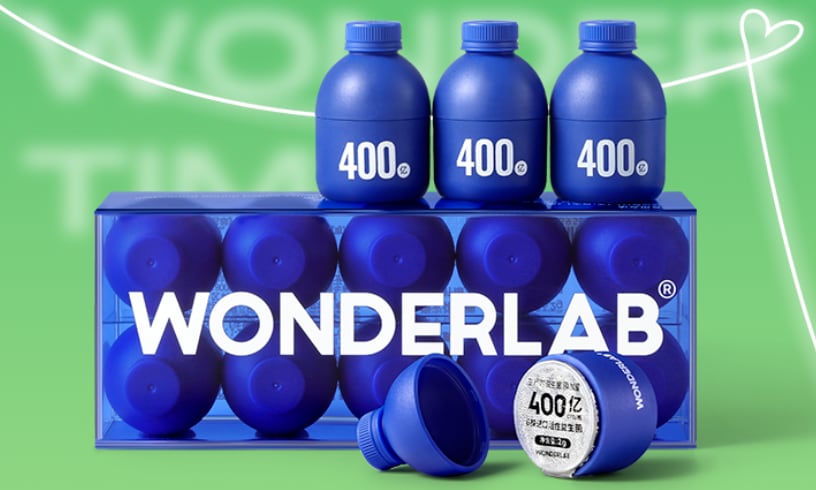
The bottles are then packed into a container that can store 10 or 40 such bottles.
The brand has since developed other products with similar designs. For instance, its newly launched kids supplements are packed in yellow bottles, while its cranberry probiotics for women’s health are packed in pink bottles which similarly come in 2g per bottle.
Also from East Asia, another brand that has made strides in the area of novel packaging design is South Korea’s THE APRILAB.
The brand is currently active in South East Asian markets, such as The Philippines, Malaysia, and Singapore, selling its products via e-commerce platforms such as Shopee.
With a heavy focus on beauty-from-within, its products come in powder sachets that claim to produce anti-wrinkle, moisturising, and brightening effects.
Launched only last year, to differentiate itself from existing products, the sachet sticks are packed into pastel-coloured recyclable paper boxes that are the size of a cigarette pack.
Speaking to NutraIngredients-Asia, marketing manager Inah Maravilla said that the small pack size made the products more affordable for first time users, portable for daily use.
The products are priced at between US$8 to US$9, with each box containing 10 sachets. Similar to Wonderlab’s “Small Blue Bottle”, each sachet from THE APRILAB weighs two grams.
“We have set out a few key ideas [for the product packaging]. The first is to make something affordable for the Southeast Asian market. This means having our individual packs small, so that anyone can try our products at an affordable, entry price.
“The next is to come up with something portable. That's one of our key communications when we market the product, that its portable, you can bring it anywhere, and that’s why it’s designed like a cigarette pack,” Maravilla said, adding that the portability can increase users’ compliance in taking the products daily.
“We also wanted something fresh. We didn’t want to make something that was just inside a white plastic bottle, like the usual vitamin supplements that we see in the drugstores. We wanted something that has the potential to go ‘viral’ and is eye-catching.”
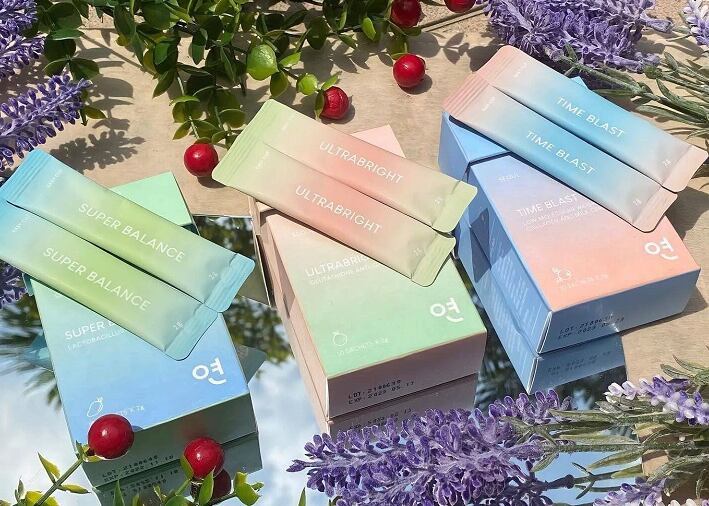
Watch the video to find out more.
Part II: For quality and protection
Ensuring the stability of the product contents is another important aspect of packaging innovation.
To do so, external environmental factors such as temperature, relative humidity, and pH level will need to be controlled.
Taking high fat content ingredients, such as fish oil as an example, the crux is in preventing oxidation, including photo-oxidation, that can cause the product to turn rancid.
For nutritional oils, oxidation could speed up under higher temperatures with the presence of oxygen. The recommended temperature when dealing with fish oils will be at least 25 degree Celsius and below.
Whereas for powder and effervescent tablets, the exposure to moisture will affect the texture, appearance, and quality of the products.
Esperer Onco Nutrition, which specialises in nutrition supplements for cancer patients, has selected sachet packaging for nearly 90 per cent of its powder products.
Examples of these products are 1) Es-Fortitude Nourish: Pre-Conditioning Formula for use before cancer treatment, 2) Es-Fortitude Protect: Complementing Therapy for use during cancer treatment, and 3) Es-Fortitude Recover: Recovery Formula for post oncological treatment.
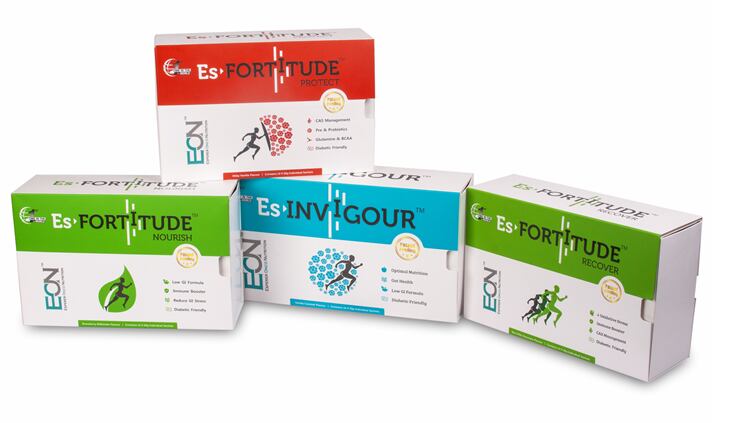
Instead of jars or tins, the company sees benefits in sachet sticks in preserving product quality, such as preventing moisture from being trapped in the packaging and microbial contamination from the frequent opening and closing of the tin lid or jar cover.
The latter is especially relevant since the products are designed for cancer patients with weakened immune systems.
“The challenge with powder is hygroscopicity, that means simply exposure to moisture from the environment, and the products quality can be degraded.
“So that is very important that how we can avoid it and reduce the chances of getting any kind of moisture in the box,” Dr. Vivek Srivastav, vice president, Research and Development and Operations, Esperer Onco Nutrition told us.
On nutritional oils, Dr. Srivastav said that nitrogen flushing, or the use of antioxidants were common methods to prevent oxidation during the packaging process.
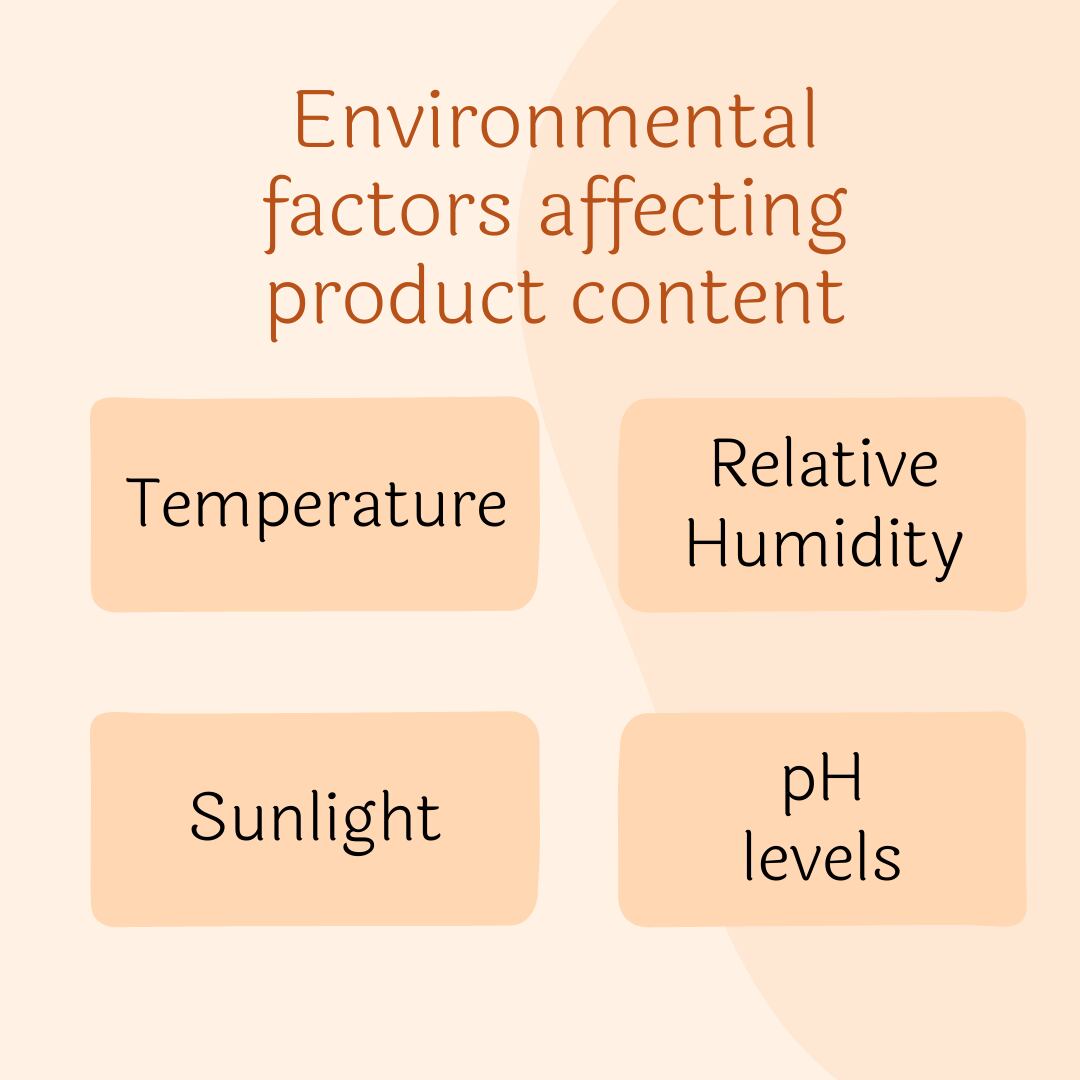
As for the packaging materials used, the oxygen and light barrier ability should be considered.
For instance, amber-coloured containers could be used to store the final fish oil capsules, based on guidelines from The Global Organisation for EPA and DHA Omega-3s (GOED).
Functional beverages containing vitamins, minerals, and other functional ingredients are also gaining traction these days as the industry drives new ways to consume vitamins.
Indonesia’s Kalbe Farma, in this case, is harnessing retort technology when packaging its vitamin C beverage products sold under the name HiC1000.
“It does not use any preservatives despite using an HDPE (high density polyethylene) bottle, because it is produced with the retort technology method,” said Adelia Carolina Pramasita K. W., head of Juice and Vitamin at HiC1000.
The retort technology, developed by Kalbe, is said to be able to sterilise the products and preserve them for up to 12 months.
“The technology must be considered, especially on how to package products with vitamin C, since they are vulnerable to oxidation. Other things that should also be considered are the packages, especially the bright-coloured ones that are easily exposed to sunlight, the placement, and the storage,” said Dr. Adeline Devita, medical affairs of Kalbe Nutritionals.
Part III: For convenience
Another aspect of packaging is the amount of convenience that it offers to users.
With its core users as cancer patients, Dr. Srivastav said it was important for Esperer Onco Nutrition’s products to be convenience and “comfortable to use.”
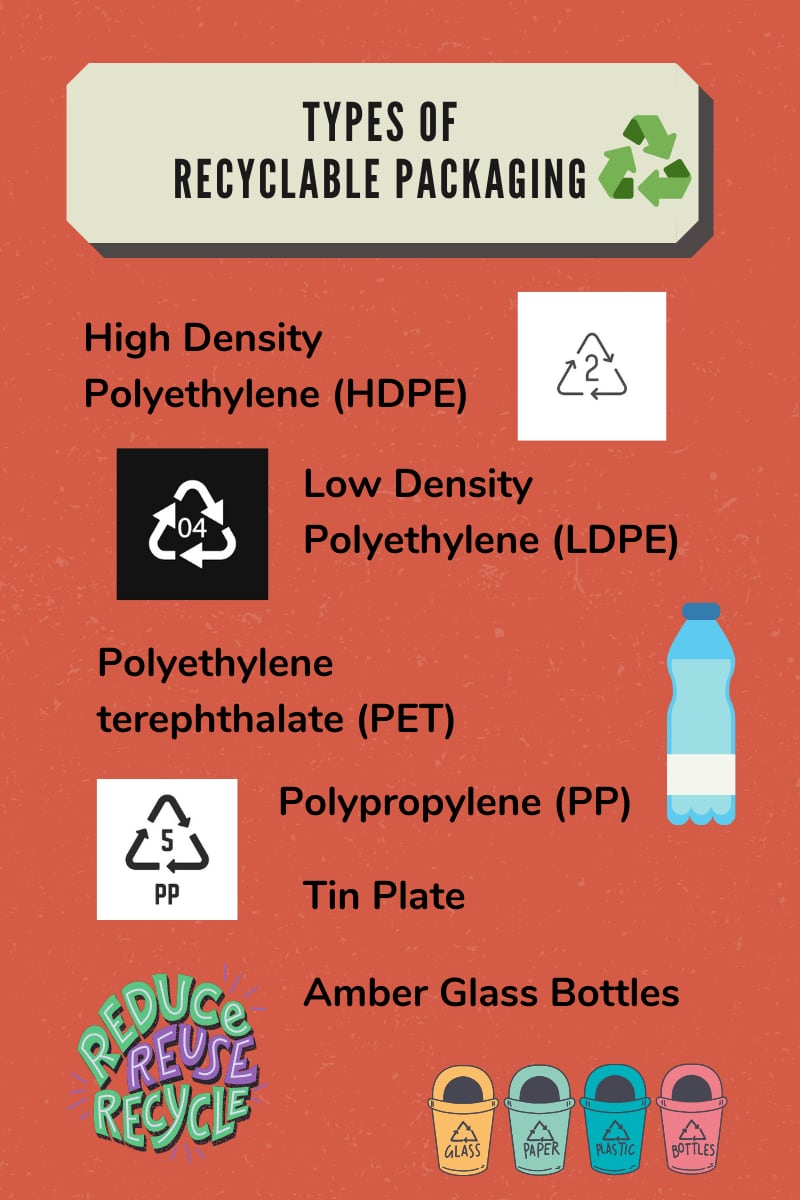
Each powder sachet can weigh either 10g, 20g, or 33g and can be consumed once dissolved in water.
“Because these products are for clinical nutrition, it means that the product fulfils a nutritional requirement for the cancer patient. The doses that they take in therefore becomes very sensitive.
“Since it is not a general health product, we have to limit the users within a particular dose and that’s very important…We have to ensure that the patients do not exceed the prescribed dose,” he explained.
This is also the reason why the powder is not packed in jars or tins, to prevent patients from overconsuming or taking less than what is required.
Similarly, for THE APRILAB, the small pack size is meant to increase the ease of convenience and users’ compliance.
“The key to recognising the benefits of vitamins and supplements is actually through consistent, daily use. We don’t want the vitamin to be sitting on the shelf and its just forgotten.
“We wanted to create something that could be brought to anywhere, that you can put in your purse, in your backpack, to anywhere,” said Maravilla.
Elsewhere in Singapore, The Asia Bird’s Nest Corporation is redefining how edible bird’s nest are consumed – by developing the product which usually comes in RTD glass bottles into liquid sachets.
Each sachet has a capacity of 10ml, contains edible bird’s nest extract, six-year-old Red Korean ginseng and Aronia berry.
The idea is to make edible bird’s nest for convenient for consumption and appealing to the younger generation such as the Gen Zs.
“The [edible] bird’s nest needs to be modernised. It has been around for centuries. The catalyst to change its format was to make it convenient and highly concentrated so that consumers can instantly feel its effects,” associate professor Dr Lim Kah Meng, director for the company told us recently.
Part IV: For sustainability
Last but not least, packaging sustainability is a much talk about issue for companies today.
For Esperer Onco Nutrition, its sachets are packed in laminates, while the secondary packaging – the boxes for storing the sachets – are made of paper.
Asked the factors driving packaging sustainability, Dr. Srivastav said the onus was on the industry, as consumers would be more concerned about the products’ health benefits and effectiveness than the types of packaging used – at least in the case of India.
“These days, the consumers' psychology is that they know they can google about the components, the ingredients of supplements to understand the science of the product.
"But they've never search about whether a packaging is really good, or a packaging may have any kind of damaging impact on the environment, they will not deep dive into the product structure. But we [as the industry] cannot ignore that.
“It is very important that we have to be very much cognizant about whatever we are manufacturing…Its totally industry-driven for people like us,” he said.
Watch the video to find out more as Dr. Srivastav talk about packaging for consumers, logistics, and environment sustainability.
In China, Wonderlab has recently introduced sustainability initiatives in conjunction with Earth Day on April 22, where it is encouraging consumers to return the plastic bottles that comes with its meal replacement powder.
The collection drive will take place in July and August.
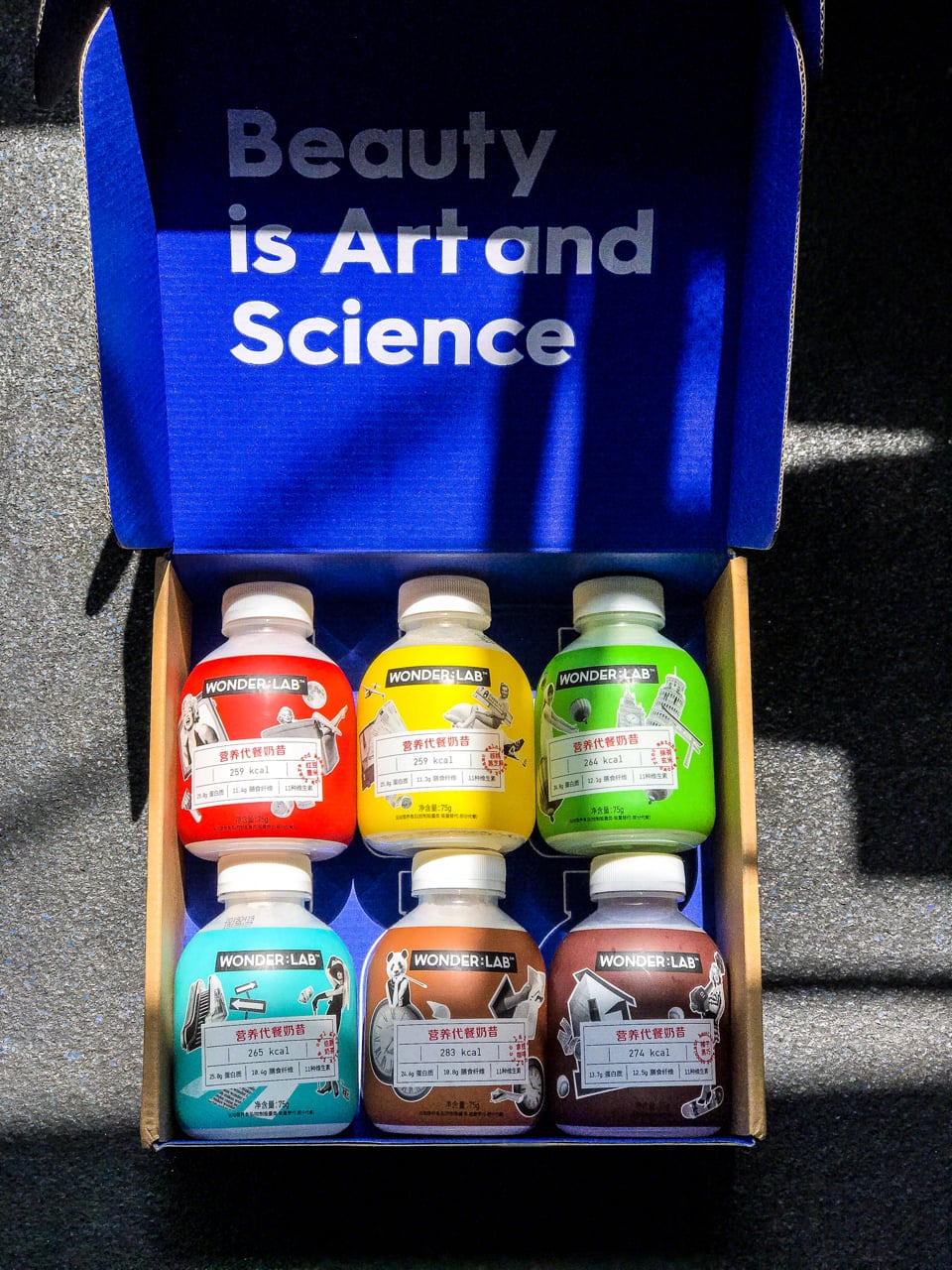
Elsewhere in Singapore, local supplement brand Ocean Health has partnered Watsons in launching a refillable omega-3 supplement pack.
Each refillable pack contains 190 soft gels, and it is usually sold in a bottle of 60 or 180 soft gels prior to the launch of the refillable pack.
According to the two companies, this initiative is meant to reduce plastic consumption.
Blackmores, on the other hand, said that more than 98 per cent of its packaging was recyclable in Australia and New Zealand, but its goal was to achieve 100 per cent recyclability in its 2021 sustainability report.
As part of the plan, its goal is to implement the Australasian Recycling Label (ARL) on 50 per cent of Australian products by 2025.
In which case, the company said it has exceeded the target as the label has been added to a further 115 products and was applied to 51 per cent of the products sold in Australia and New Zealand.
Examples of the recyclable materials that it is using include HDPE, cartonboard, PP, polyethylene terephthalate (PET), amber glass bottles, and low-density polyethylene (LDPE).
H&H, the parent company, on the other hand, has set the goal of making all packaging recyclable, biodegradable, or compostable by next year.
As of last year, 91.3 per cent of its packaging materials measured by packaging weight are recyclable, biodegradable or compostable, up from 86 per cent in 2020.
As part of its sustainability efforts, it launched Swisse Earth last year, which is a range of vitamin and supplement range made using sustainably sourced ingredients and uses recycled and recyclable packaging.
Moving forward, it said in its 2021 sustainability report that it would develop new sustainable packaging to reduce virgin plastic use, enhance recyclability and the design of completely new renewable packaging options.


